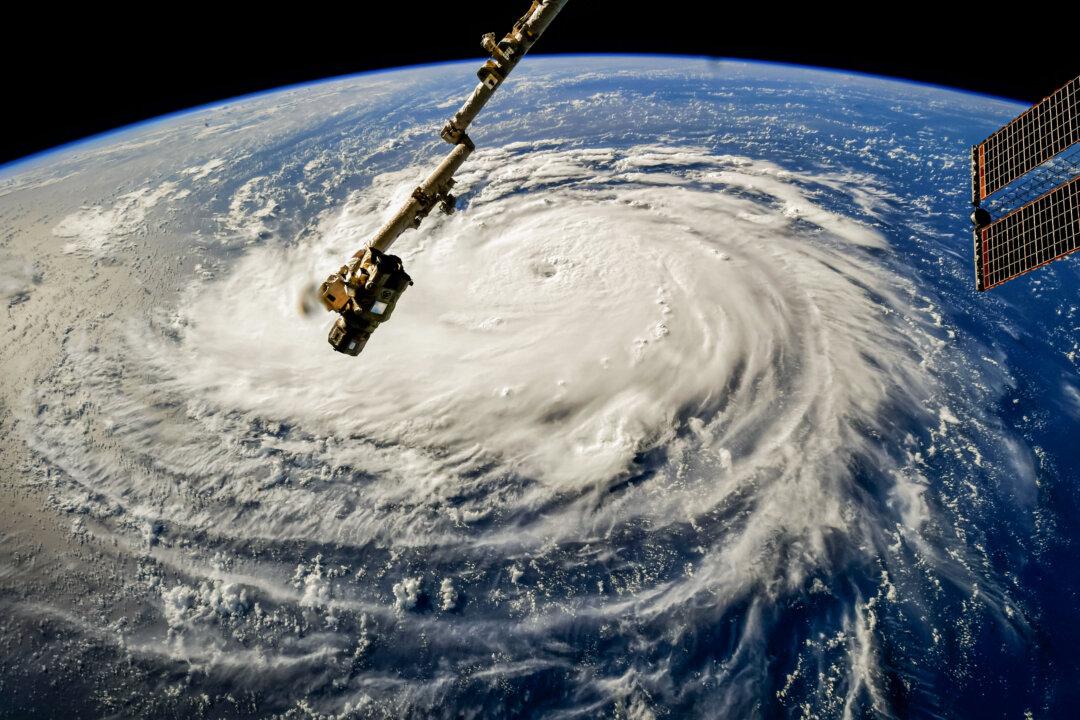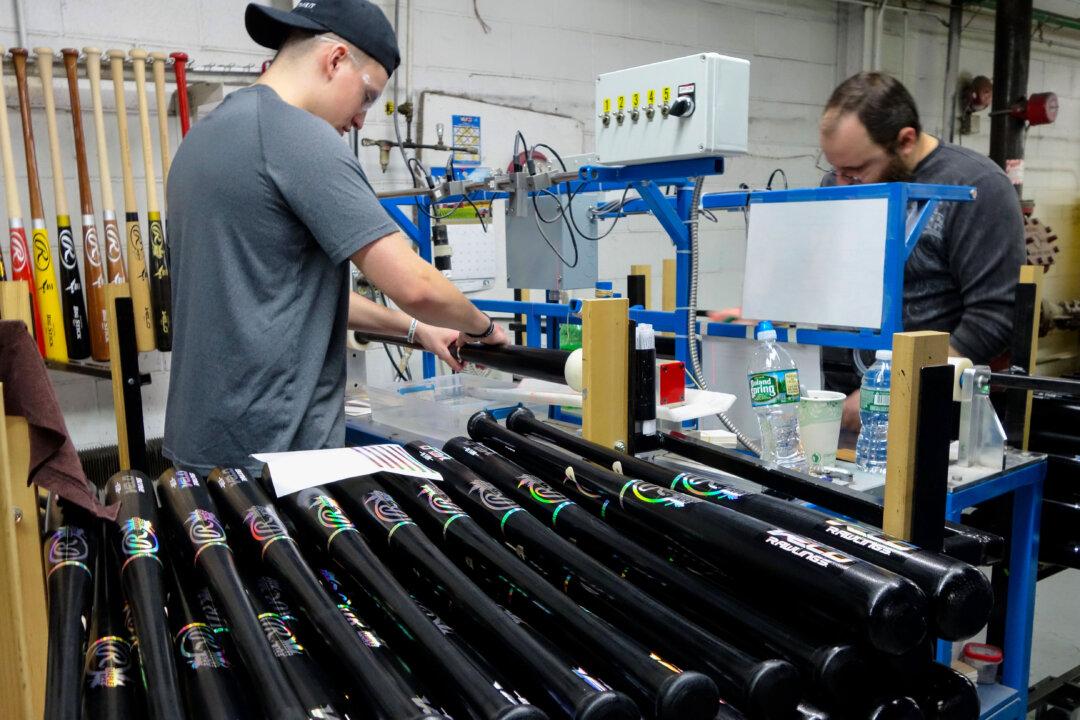The coastal regions of the United States are hoping that hurricanes this year will dodge landfall, not just to save lives and property but also to spare several states from running out of insurance options. However, according to predictions from the National Oceanic and Atmospheric Administration (NOAA), those hopes may be dashed.
NOAA is projecting an 85 percent probability of an above-average hurricane season this year—June 1 through Nov. 30—with damage exceeding a reasonably mild season in 2023. In addition, more than 32.7 million residential properties in the U.S. Gulf and East coasts could be subjected to moderate or severe damage from hurricane-level winds and storm surge flooding, California-based real estate information service CoreLogic estimates.





